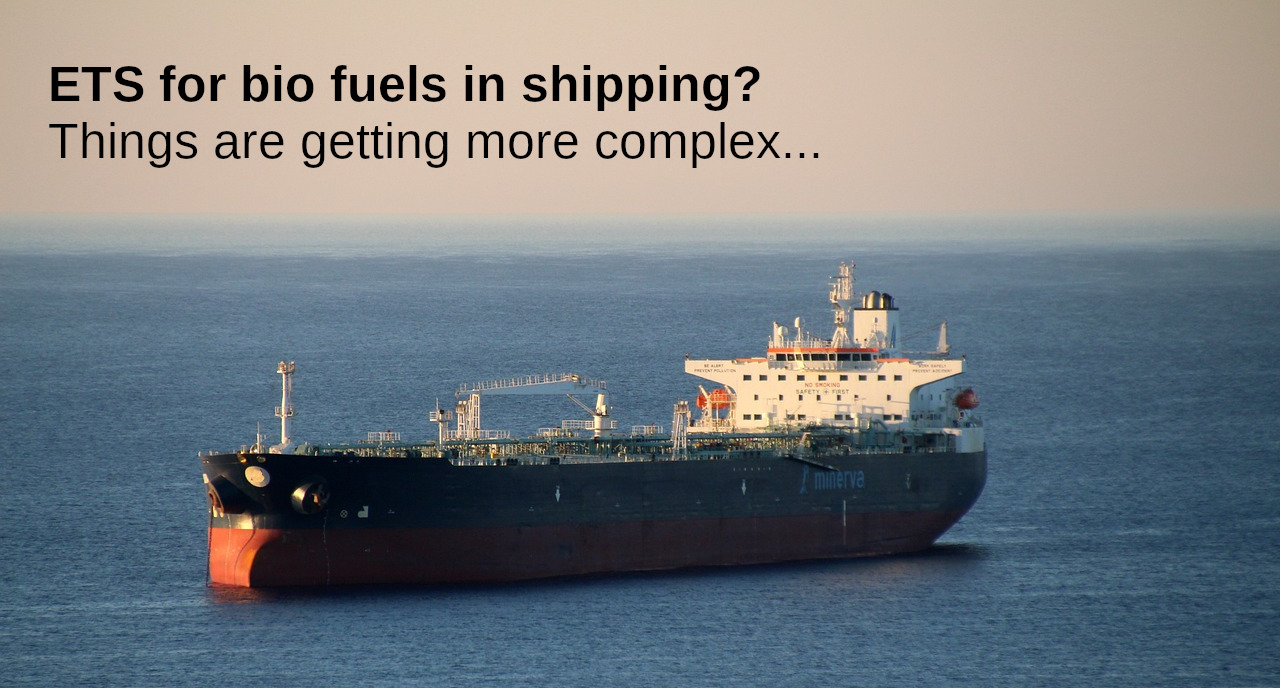Starting next year, you will have to take CO2 emissions into account as soon as a ship calls at a European port. You need to know the CO2 emissions in order to buy the corresponding allowances (EUAs).
There is a standardized CO2 emission factor for each fuel type (HFO, MDO, etc.). For example, 1 ton of HFO produces 3.114 ton of CO2, 1 ton of MDO produces 3.205 ton of CO2, etc. To estimate the CO2 emissions of a planned trip, simply multiply the amount of fuel by the emission factor. So far, so simple.
Now biofuels are coming onto the market, which I think is a great idea. More biofuel, less CO2 emissions from oil and gas. The problem: Each biofuel bunker can have a different CO2 emission factor.
So what CO2 emissions factor do you take into account when calculating your next trip? Just take an average? Hmm. Remember that this is about real money.
It’s best to use FIFO calculation, similar to how you do your pricing calculation. Take the remainder of the oldest bunker, multiply it by the emission factor of that fuel, then sum it by the emission of the second oldest bunker, etc.
By the way, if you do MRV reporting and need to buy the EUAs, you have to compensate for the actual amount of CO2 emitted, not the one you calculated using the FIFO approach. And usually there are differences between the estimate and the final cost. Your should also be able to track these changes, right?
We implement all of this in CharterWorks. Would you like to find out more? Send us a message.

